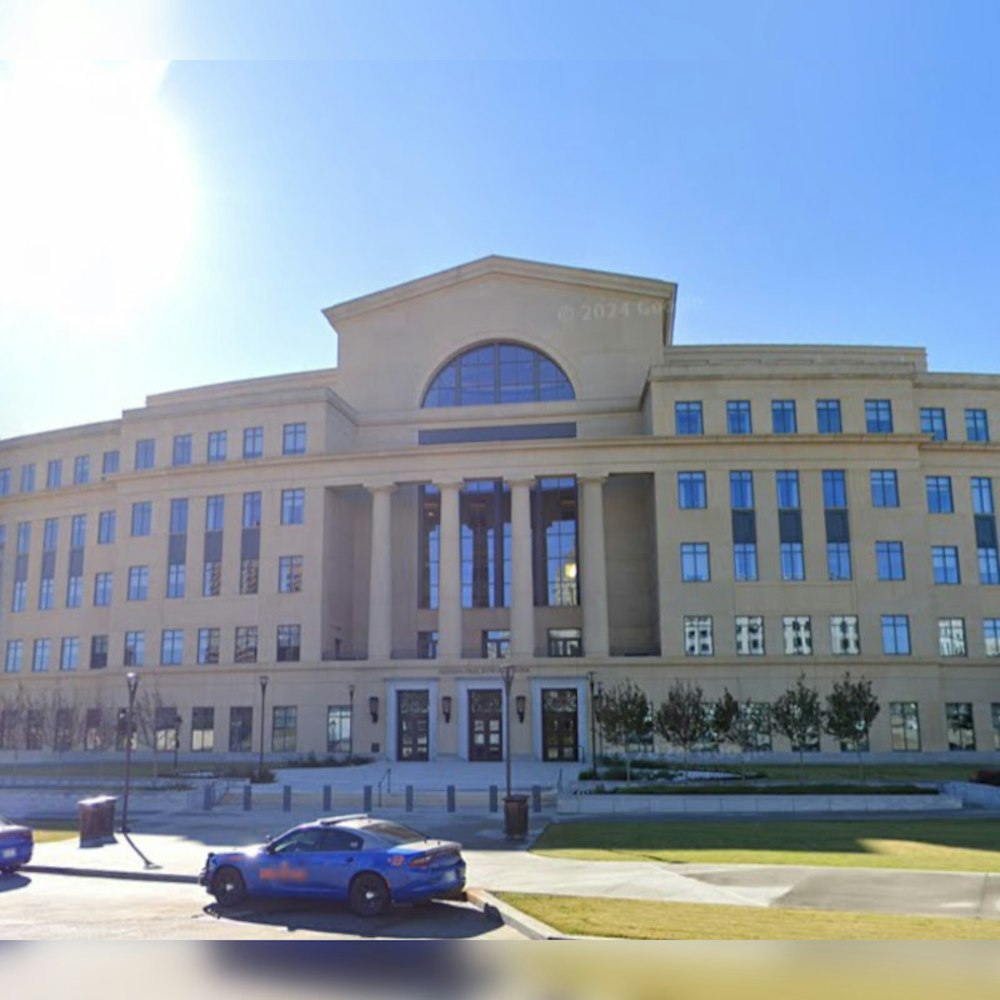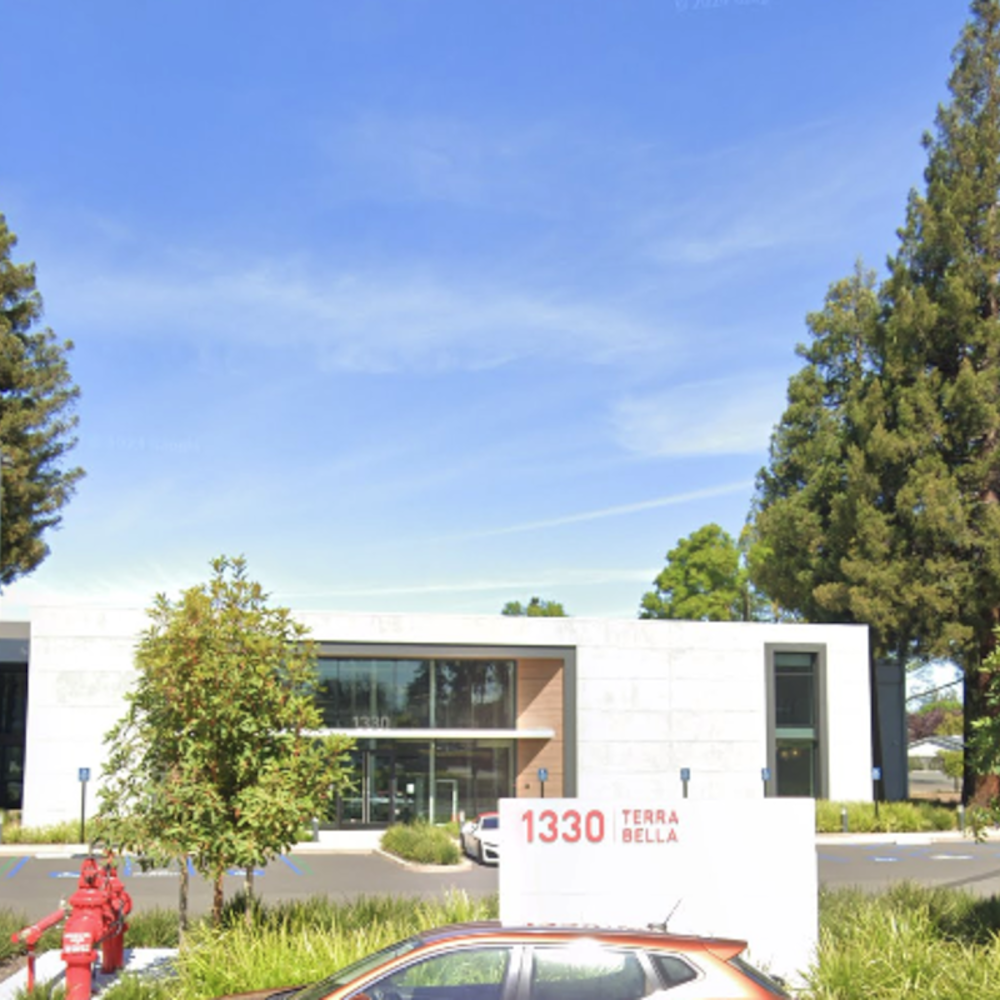
Have you seen your neighbor's lawn growing wild? Before you grumble about their seeming neglect, consider that they may be joining a nationwide trend for a good cause. "No Mow May," as it's come to be known, isn't about slothfulness but rather about biodiversity, providing a necessary buffet for bees and butterflies just waking up to the spring.
Donning its whisper-thin blades, the growth of grass on these unkempt lawns during No Mow May is no small feat. The movement has been gaining traction, encouraging homeowners to let their lawns grow out to bolster local ecosystems. This month-long pause on mowing culminates in a productive period for pollinators, which rely heavily on the flora that flourishes in longer grasses.
Wright County, Minnesota, shedding light on this effort, reveals that with lawns sprawling over 40 million acres nationally—nearly 2 percent of U.S. land—even a temporary respite from mowing can make a significant difference for pollinator health.
Embraced by environmentalists and nature lovers alike, No Mow May has seen a burgeoning popularity across the States. While stepping into these lush lawns, appreciated by legions of bees and butterflies, remember that the seemingly neglected grass is in fact teeming with life, albeit hidden to the cursory glance.
While it might seem unruly, the intentions are pure — No Mow May is all about giving the environment a break and the bees a chance. And by June, once the lawnmowers are back to their humming chorus, at least we'll have given the planet pause and the pollinators a shot at a stronger start to their season.









